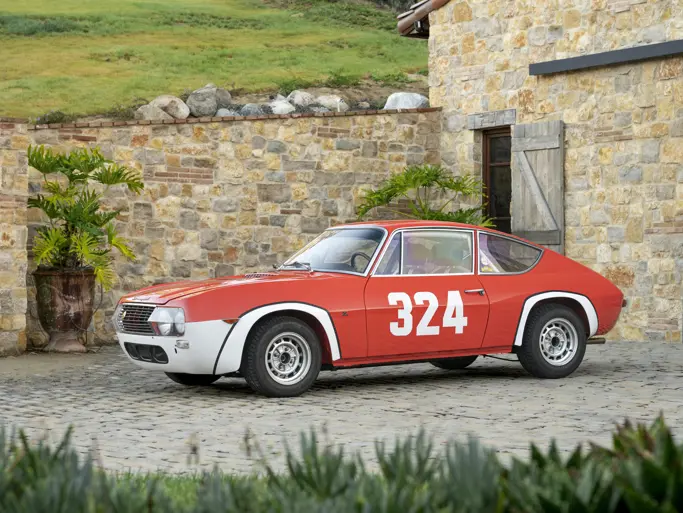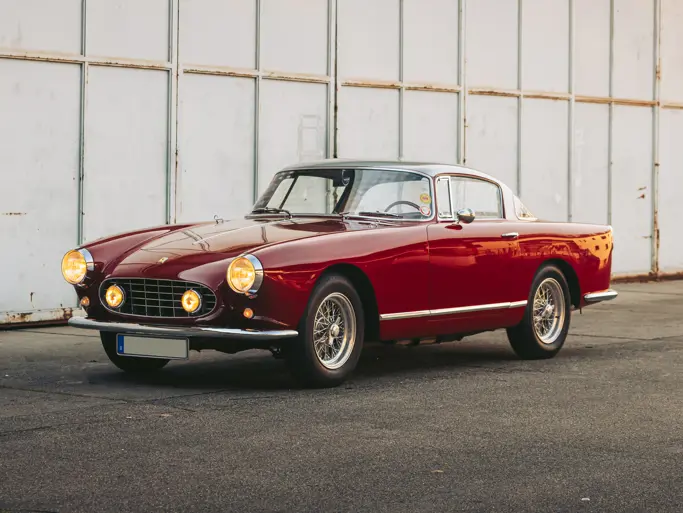For 1965, Chevrolet added the big-block “Mark IV” engine to the Corvette options list, a 396 cubic inch version rated at 425-hp. For 1966, the big-block became a 427, offered in two stages of tune: 390- or 425-hp. With the 427 came the new “power bulge” hood. Big-block cars had stiffer suspension, a heavy-duty clutch and a better cooling system. Acceleration was phenomenal: zero-to-sixty in less than five seconds.
In 1967, there were four versions of the 427 available in Corvettes. The “entry level” big-block was option L36, a single four-barrel edition making 390-hp. The L68 had three two-barrel carburetors and developed 400-hp. Option L71 also had Tri-power, but with four-bolt main bearings, big-valve heads and a hot cam for 435-hp. At the top of the class was the famed L88, with aluminum heads, a Holley four-barrel and solid lifters. This was a competition special with neither radio nor heater. Only 20 were built. Actually the L71 outsold the milder L68, 3,724 to 2,101.
This car has the L68 Tri-power engine with automatic transmission. Equipped with air conditioning, power windows and an AM/FM radio, it is a refreshed original and highly authentic. The yellow paint has been redone, but does show a few chips and scratches. The brightwork is very good, but for a few pits on the bumpers. The interior is in good condition, but for a couple of splits on the passenger seat.
The engine compartment is generally clean, but shows use, while the undercarriage is entirely original and commensurate with the car’s near-46,000 miles. It has Rally wheels with Remington XT-120 radial tires.
The key word for this Corvette is “authentic.” It has been used, maintained and cherished by its owners. It is not pretentious, just everything a near-original Corvette should be.



 | Santa Monica, California
| Santa Monica, California


